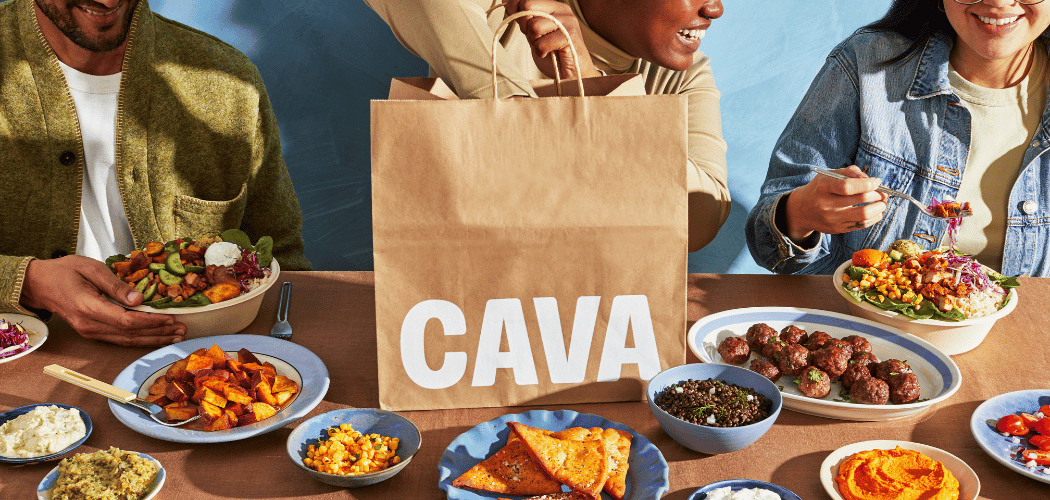The formula for retail success during the season of giving used to be simple: decorate your store beautifully and pipe in lots of cheery Christmas music, drop prices on select items, and continue the discounting strategy progressively right up until the big day. And, don’t forget to keep your stores open later than usual to accommodate the higher traffic during the season.
Those were simpler times. We used to reserve Saturday for doing errands and holiday shopping. Longer store hours allowed us to sneak in a few store visits after work. That seems decades ago. Our shopping habits have changed, our choices have become enormously widened, and our opportunity to browse and make selections of gifts to buy is now twenty-four-seven. So, what are the keys to understanding how consumers make purchase decisions in 2019?
Always-On Shopping Means Access and Convenience
A clever article in Stylist described a typical scenario: “Today our bedrooms are where we try on knee-high boots and send selfies to them for validation, popping to an allocated returns point on our way to work the next day if it got a thumbs down emoji. That’s a seismic shift in human behaviour in less than a decade.”
People want convenience over almost all things. We want to shop when we want and expect delivery with ever-quickening immediacy. Amazon launched its one-day delivery during 2019 and Walmart responded with its own next day service. The trend towards speedier delivery will continue across the next decade, according to findings in the Womble Bond Dickinson 2019 Digital Tipping Point Report. The report stated that 78 percent of logistics companies expect to provide same-day delivery by 2023, while 40 percent say they can see delivery taking place within two hours by 2028.
In case you missed it, consumers are operating in an “always-on” mode. UK retailer John Lewis reported that “one in 15 online purchases in 2018 happened between midnight and 6am, a growth of 23% on the previous year.” That should tell you that people shop when “they” want, not when you decide to be open.
The online channel offers no panacea. Amazon has made sure of that. The behemoth online retailer has progressively added features and selectively applied friction to make its shopping experience the standard. The bar set by Amazon is eye-popping and instructive all at once, but not all (few?) e-retailers can clear this same hurdle to meet customer expectations.
Experiences above Price: Practice Mindful Retailing
Consumers continue to respond to deals in the form of lower prices and “once a year bargain”. There’s a body of knowledge established about the psychology of discounts, but let retailers beware: relying solely on pricing strategy to support your business objectives can lead to irreversible damage to your business and your brand.
Imagine launching off the crest of a mountain in your squirrel suit. You expect to be petrified in the short term, but have no assurance that you’ll avoid permanent damage to your body by the time you reach the ground. You can’t be absolutely sure of the result. In a similar (but squirrely) way, the metaphor applies to retail, as price drops can accomplish short term goals, but the longer-range impact is harder to quantify and limit.
Discounts can be easily copied, meaning no competitive advantage is created, and they erode margins in deciles of percentages. Worse yet, discounted pricing may not even be enough in 2019. Why? Because customers are telling retailers that a unique shopping experience is valued more highly than price. Without something special happening in your physical store, people are prone to stay home and shop at their leisure.
When evaluating the potential for store traffic, smart retailers are focusing on “winning each trip”. Think of it as “mindful retailing”; in other words winning over customers on-premise or via e-commerce by applying what you know about their preferences, and then meeting their expectations with breadth and quality of selection, smartly applied friction points, personalized recommendations, quality of advice, and flexible shipping and return policies.
The table stakes of physical retail are to offer a “showroom experience” where store associates armed with product knowledge can tip a purchase in their favor through education and service. Price matching with an online option is the final card to be played to retain a sale that might otherwise happen on the customer’s mobile device even in the presence of the store associate.
A Macro view of Customer Behavior
Brian Carl, Senior Director of Marketing, Clarus Commerce thinks there are three megatrends influencing how people shop and make purchase decisions:
- Customers are empowered and have more choices
- Customers want and expect things to be instant
- Customers are comfortable with subscriptions
In an exclusive interview with the Wise Marketer, Brian shared, “These megatrends are global trends influencing every industry, not just retail. They're changing customers’ expectations across the board, having a profound impact on loyalty, and are contributing to the rise in premium loyalty programs. And that’s why loyalty marketers should keep these three trends in mind moving forward.”
Brian’s thoughts dovetail with our research that customers have more power than they’ve ever had in the past and are setting higher expectations for the brands they patronize.
The roots of these trends, and others, can be found in Behavioral Psychology. The practice of behavioral economics has expanded from the workplace to analyzing consumer behavior — and the future of customer loyalty strategy might be found through melding insights from behavioral data with increasingly granular “Nudge Units” that trigger responses in the shopping experience.
The Wise Marketer’s Loyalty Academy offers a course in the “Psychology of Loyalty” and the People Science group we recently discovered reinforces our thoughts about the power of Nudge Units like Endowed Progress, Gradient Effect, and Behavior Potential. If you’re interested in building a group within your own business to explore these topics more deeply, read this from McKinsey & Company.
Sorry Millennials, Gen Z is pushing you aside
Boomers might crack a perverse smile when they realize that they are being joined on the sidelines of brand interest by Millennials, especially the older ones. Gen Z is taking center stage. As a group, they are described as between ages 17–23, are socially conscious, care about the community, and will donate to charity this holiday season.
Gen Z responds to Shoppable Media, pays most often with a mobile device while in store, and doesn’t mind using their voice activated assistants in their homes. Gen Z is social, being the first truly digital native generation, and hasn’t gotten tired of looking towards influencers for inspiration and recommendation. Gen Z connects with environmentally and socially responsible brands, health and wellness related offerings, innovative products, and expect personalization. They also spend big on pets at double the rate of older consumers (11 versus 5 percent).
If the phenomena between Millennials and Boomers is recreated between Gen Z and Millennials, don’t be surprised to see younger and older Millennials mimicking Gen Z digital shopping habits soon. That’s why retailers should pay attention to Gen Z behaviors and preferences even before their buying power evolves. Their influence over older consumers may be more important today than their spending power.
Shift your focus from Demographics to Behavior and Attitudes
Traditional marketing suppliers and vendors who sell demographic data to append to transactional feeds may find they are becoming outdated. Demographics can’t tell marketers how, when, where, and why consumers shop. We’re not all the same because we have similar incomes and live in the same zip code. Building equity in proprietary behavioral and attitudinal data is what will generate insights to enable greater personalization in communications and relevancy in offer delivery.
Engaging with and encouraging User Generated Content is important when considering the highly social Gen Z group. UGC equates to building trust, as sharing authentic UGC is a means of building community and stimulating referrals and recommendations.
Never forget about Mobile
Adoption and usage of mobile devices reached a tipping point of sorts in 2019. The PwC Global Consumer Insights Survey 2019 showed that smartphones had become the “go-to technology for online shopping”. For the first time across the decade that PwC has been completing this research, smartphones captured the leading share of online transactions, beating out the PC and tablet.
And according to the 2019 Holiday Shopping and Mobile Payments Study research published by Ibotta, two-thirds of shoppers plan to use mobile payments for holiday shopping.
Incentives and rewards are important to mobile users, as the survey reported that 63 percent of respondents using mobile payments for an in-store purchase said they were “motivated by payment methods that offer rewards, rebates, and cashback offers”.
If not already, retailers should be convinced of the importance of the mobile device for this shopping season as the shift to online behavior applies to lifestyle, not just shopping and loyalty programs. More than 51 percent of PwC survey respondents paid bills and invoices online in 2018, and the same percentage transferred money online. Cord-cutting became nearly the norm rather than a daring exception as 54% of those surveyed reported streaming movies and TV two times a week or more.
Summary: Inside the Mind of the 2019 Holiday Shopper
- Meet customers where they are — that means on their mobile device, at any hour.
- Create experiences in your stores (if you have them), or online in every case.
- Incorporate behavioral economics into your marketing planning. Find the Nudge Units that work for you.
- Shift spending from based on demographic data to expanding sources of behavioral and attitudinal data.
- Model the preferences of Gen Z to prepare for 2020 and beyond.




